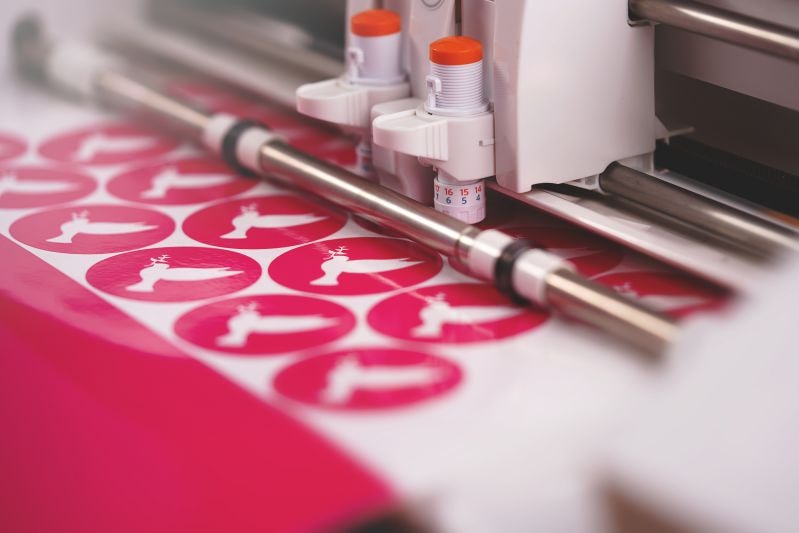CO2 laser and fiber laser are the two most widely used types of laser in the industry sector. Both technologies have proven to be reliable and efficient. They offer high productivity, flexibility of application and accuracy of results.
But no two lasers are the same. The difference between these two technologies lies in the length of the laser beam. For fiber lasers, the typical wavelength is 1064 nanometres, while for carbon dioxide lasers it is 10.6 micrometers.
This difference in wavelength is substantial because it influences the type of material that can be processed.
Fiber laser, the king on metallic materials
Fiber laser is mainly used in metal applications. Fiber technology enables higher energy densities to be achieved on the surface of metals for two reasons. The first is that metals absorb the wavelength of the fiber laser well, whereas they tend to reflect and scatter the wavelength of the carbon dioxide laser. The second, is that fiber laser allows a smaller focal diameter on the working surface than the carbon dioxide laser. As a result, the fiber laser achieves a higher energy density for the same power than the CO2 laser.
The main shortcoming of fiber laser technology is its lack of flexibility. The wavelength of the fiber laser is absorbed well by metals, but not only. A limitation of the fiber laser is that many materials absorb its wavelength. This makes it difficult to select which materials the laser should affect, especially on multilayered materials.
CO2 laser, the most versatile laser
Selectivity is one of the advantages of the CO2 laser. The 10.6 micrometer wavelength is absorbed well by all carbon-based materials. These include most of the materials used in manufacturing processes.
Below are some of the materials on which the carbon dioxide laser is most efficient:
- Plastics and polymers in general
- Wood and wood-based materials
- Paper and cardboard
- Biological materials
These materials absorb the wavelength of the CO2 laser very well, which makes these laser sources very efficient in their processing.
CO2 laser vs. fiber laser for laser engraving
Laser marking and laser engraving are two variants of the same process. In both applications, laser technology is used to remove a layer of material. In laser marking, the laser removes a very thin layer of material. The mark produced is therefore superficial. In engraving, the laser goes deeper, removing a greater layer of material. The mark is therefore deeper and can often be felt by touch.
Both carbon dioxide and fiber lasers can perform marking and engraving. Based on what we have previously said, it should be obvious that the main difference lies in the materials on which the processing is applied.
As far as fiber technology is concerned, marking and engraving is mainly used for product traceability, i.e. to indelibly engrave identification numbers, serial codes or data matrices on metal parts. The high energy density and small focal point make it ideal for this type of application on metal materials.
Marking and engraving, on the other hand, is one of the most widely used processes of the CO2 laser. This process has a wide variety of applications. In addition to the simple marking of identification codes, CO2 laser achieves more sophisticated decorative patterns, so much so that it is used in the fashion industry. One of the applications that has been developed in recent years is, for example, laser marking of denim fabric for the production of jeans.
Contact us
El.En. Laser is a company that specializes in the production of CO2 lasers. Since 1981, we have contributed to the development of this technology, which has become a great asset to the industrial sector. We produce CO2 laser sources, laser scanning heads and laser systems for Industry 4.0. Contact us for more information or to get a consultation on how to build the right laser system for your business.




